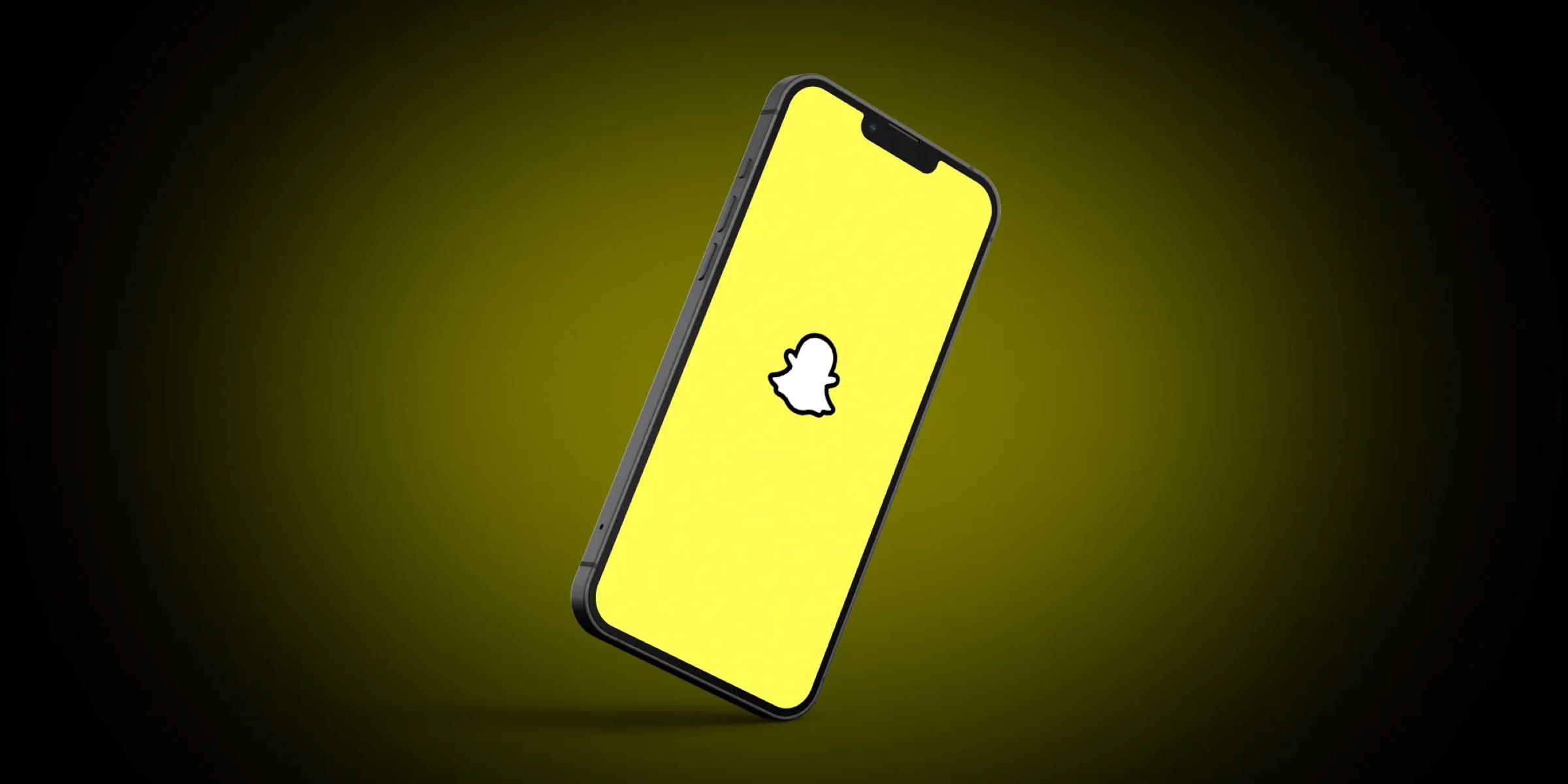Home>Technology and Computers>Phone Rings Twice And Goes To Voicemail – Are You Blocked?


Technology and Computers
Phone Rings Twice And Goes To Voicemail – Are You Blocked?
Published: February 2, 2024
"Discover why your phone may be ringing twice and going to voicemail. Learn about the potential reasons, including technology and computer issues."
(Many of the links in this article redirect to a specific reviewed product. Your purchase of these products through affiliate links helps to generate commission for Regretless.com, at no extra cost. Learn more)
Table of Contents
Introduction
Have you ever experienced a situation where you call someone, and the phone rings only twice before diverting to voicemail? This can be quite perplexing, leaving you wondering if the person on the other end is intentionally avoiding your call. In the age of smartphones and constant connectivity, understanding the reasons behind a phone ringing twice and going to voicemail is essential, as it can shed light on various aspects of modern communication.
In this article, we will delve into the intricacies of call blocking, shedding light on the reasons behind a phone ringing twice and going to voicemail. We will explore the potential causes of this phenomenon and provide insights into how you can confirm if you are indeed being blocked. Additionally, we will discuss the appropriate course of action to take if you find yourself in this situation.
Understanding the dynamics of call blocking and the associated indicators is crucial in today's interconnected world. By unraveling the mysteries behind a phone ringing twice and going to voicemail, we aim to equip you with the knowledge to navigate the nuances of modern communication effectively. So, let's embark on this journey to decode the subtle cues that our phones exhibit and gain a deeper understanding of call blocking.
Understanding Call Blocking
Call blocking is a feature that allows individuals to restrict incoming calls from specific numbers. This functionality has become increasingly prevalent in the era of smartphones, where the ability to manage incoming calls has become a necessity. When a call is blocked, the caller may experience the phone ringing only twice before being redirected to voicemail. This phenomenon can lead to confusion and speculation, prompting individuals to question whether they have been intentionally blocked.
Call blocking serves as a practical tool for managing communication, enabling individuals to filter out unwanted calls and maintain control over their incoming calls. It offers a sense of empowerment, allowing users to curate their communication experience according to their preferences. Whether it involves avoiding unwanted solicitations or minimizing contact with certain individuals, call blocking provides a valuable means of controlling one's incoming calls.
From a technological standpoint, call blocking operates by intercepting incoming calls from specific numbers and rerouting them to voicemail or preventing them from reaching the recipient altogether. This process occurs seamlessly, often without the caller being aware that their call has been blocked. As a result, the caller may notice that the phone rings only a couple of times before being directed to voicemail, indicating that their call has not been successfully connected.
Understanding the intricacies of call blocking is essential in navigating the nuances of modern communication. It underscores the significance of respecting individuals' preferences regarding communication and reinforces the notion of consent in interpersonal interactions. By comprehending the functionality of call blocking, individuals can better appreciate the need for boundaries and the autonomy to manage their communication channels effectively.
As we unravel the complexities of call blocking, it becomes evident that this feature plays a pivotal role in shaping the dynamics of interpersonal communication. It empowers individuals to exert control over their communication experiences and reinforces the notion of agency in managing incoming calls. By grasping the fundamentals of call blocking, individuals can navigate the modern landscape of communication with a deeper understanding of the mechanisms that govern call management.
Reasons for a Phone Ringing Twice and Going to Voicemail
The phenomenon of a phone ringing twice and then diverting to voicemail can stem from various reasons, each shedding light on the intricacies of modern communication. Understanding these factors is crucial in deciphering the subtle cues that our phones exhibit and gaining insights into the dynamics of call management. Below are the key reasons behind a phone ringing twice and going to voicemail:
-
Call Blocking Feature: As mentioned earlier, one of the primary reasons for a phone ringing twice and going to voicemail is the activation of the call blocking feature. When an individual blocks a specific number, incoming calls from that number may result in the phone ringing only a couple of times before being directed to voicemail. This serves as an indication that the call has been intercepted and rerouted due to the blocking configuration.
-
Do Not Disturb Mode: Another factor contributing to this phenomenon is the activation of the "Do Not Disturb" mode on the recipient's phone. When this mode is enabled, incoming calls may ring briefly before being automatically sent to voicemail. This feature is designed to minimize disruptions during specific times or activities, ensuring that the recipient can manage their calls according to their preferences.
-
Network Congestion: In some cases, network congestion or connectivity issues can lead to a phone ringing twice and then being diverted to voicemail. When the network experiences high traffic or encounters technical challenges, it may impact the call connection process, resulting in calls being redirected to voicemail after a brief ringing period.
-
Recipient's Busy Schedule: The recipient's busy schedule or engagement in another call can also contribute to the phone ringing briefly and then transitioning to voicemail. When the recipient is occupied with another call or activity, the incoming call may trigger a short ringing duration before being routed to voicemail, allowing the recipient to manage their communications effectively.
-
Settings and Preferences: Additionally, the recipient's settings and call preferences can influence the ringing duration before calls are directed to voicemail. Customized settings, call forwarding configurations, or specific preferences related to call handling can impact the way incoming calls are managed, potentially leading to a brief ringing period before voicemail activation.
Understanding these reasons provides valuable insights into the nuances of call management and the factors that contribute to the phone ringing briefly before transitioning to voicemail. By unraveling these intricacies, individuals can gain a deeper appreciation for the dynamics of modern communication and the diverse elements that shape call handling processes.
How to Confirm if You Are Blocked
Confirming whether you are being intentionally blocked by an individual can be a perplexing endeavor, as the subtle indications of call blocking may lead to uncertainty. However, there are several methods that can provide insights into whether you have been blocked. By paying attention to specific cues and leveraging available resources, you can gain a clearer understanding of your call status. Here are some approaches to confirm if you are blocked:
1. Call Status Indicators:
When calling the individual in question, observe the call status indicators. If the phone rings only twice before diverting to voicemail on multiple attempts, it may indicate that you have been blocked. Additionally, if your calls consistently proceed directly to voicemail without ringing, this can further suggest that the recipient has activated call blocking or Do Not Disturb settings.
Read more: How To Block Someone On Youtube
2. Alternate Communication Channels:
If you suspect that you are being blocked, consider reaching out through alternate communication channels. Sending a text message or utilizing messaging platforms can provide insights into the recipient's availability and willingness to engage in communication. If these alternative methods yield responses while calls remain unanswered, it may indicate that your calls are being selectively blocked.
3. Mutual Contacts:
Engaging mutual contacts or acquaintances to ascertain the recipient's accessibility can offer valuable perspectives. Inquiring discreetly about the recipient's availability and receptiveness to communication can provide indirect indications of potential call blocking. Mutual contacts may offer insights into the recipient's current circumstances and communication preferences, shedding light on the likelihood of intentional call blocking.
4. Call from Another Number:
Calling from a different number can serve as a practical method to discern whether your calls are being intentionally blocked. By utilizing an alternate phone or enlisting the assistance of a friend or family member to place a call, you can gauge the recipient's responsiveness to calls from different numbers. If the recipient consistently avoids answering calls from specific numbers, it may reinforce the possibility of call blocking.
5. Professional Assistance:
In cases where persistent uncertainty surrounds the status of your calls, seeking professional assistance from telecommunication service providers or support channels can offer clarity. These entities may provide insights into call status, network-related issues, or potential call blocking scenarios, assisting in determining the veracity of your concerns.
By employing these methods, individuals can navigate the complexities of call blocking and gain clarity regarding their call status. These approaches provide valuable perspectives on discerning intentional call blocking and offer avenues to manage communication effectively. Understanding the nuances of call confirmation can empower individuals to navigate interpersonal interactions with awareness and insight.
What to Do If You Are Blocked
Discovering that you are being intentionally blocked by an individual can evoke a range of emotions and prompt a desire to address the situation effectively. If you find yourself in a scenario where you suspect that your calls are being intentionally blocked, it is essential to approach the situation with composure and tact. Here are practical steps to consider if you suspect that you are being blocked:
-
Respect Boundaries: Respect the individual's decision to limit communication. It is crucial to acknowledge and honor their boundaries, even if it leads to a reduction in direct communication. Respecting the autonomy of others in managing their communication preferences is fundamental to fostering healthy interactions.
-
Reflect on Circumstances: Reflect on the circumstances that may have led to the perceived blocking. Consider the nature of your interactions with the individual and any potential factors that may have contributed to their decision. Reflecting on the situation can provide valuable insights and aid in understanding the dynamics at play.
-
Open Communication: If appropriate and feasible, consider initiating an open and respectful dialogue with the individual. Express your willingness to address any concerns or issues that may have influenced their decision to limit communication. Approach the conversation with empathy and a genuine intent to understand their perspective.
-
Evaluate Communication Patterns: Assess your communication patterns and the nature of interactions with the individual. Reflect on any potential reasons that may have prompted them to enact call blocking measures. Evaluating your communication approach can offer valuable insights into potential areas for improvement or resolution.
-
Exercise Patience: Exercise patience and allow space for the situation to unfold naturally. Rushing to confront the individual or resorting to confrontational methods may exacerbate the circumstances. Patience can provide an opportunity for perspectives to evolve and pave the way for constructive resolutions.
-
Seek Alternative Channels: Explore alternative channels of communication, such as email or written correspondence, if direct communication is hindered. Leveraging alternative avenues can facilitate the exchange of information and enable the expression of thoughts and concerns in a non-intrusive manner.
-
Respect Privacy: Respect the individual's privacy and autonomy in managing their communication channels. Avoid excessive attempts to circumvent potential call blocking measures or intrude on their decision to limit direct communication. Upholding respect for privacy is integral to maintaining healthy boundaries.
Navigating the complexities of potential call blocking scenarios requires a balanced approach that prioritizes respect, empathy, and understanding. By embracing these principles, individuals can engage with the situation thoughtfully and navigate interpersonal dynamics with mindfulness and consideration.
Conclusion
In the realm of modern communication, the subtle cues exhibited by our phones, such as a brief ring followed by voicemail activation, can provide valuable insights into the dynamics of call blocking. As we unravel the intricacies of call management, it becomes evident that call blocking serves as a pivotal tool in empowering individuals to curate their communication experiences according to their preferences. The phenomenon of a phone ringing twice and going to voicemail is multifaceted, stemming from factors such as call blocking features, Do Not Disturb settings, network congestion, and recipient preferences.
Understanding the reasons behind a phone ringing briefly before transitioning to voicemail equips individuals with a deeper appreciation for the complexities of modern communication. It underscores the significance of respecting boundaries and the autonomy of individuals in managing their incoming calls. By deciphering these subtle indicators, individuals can navigate interpersonal interactions with awareness and insight, fostering a culture of considerate communication.
Moreover, the ability to confirm potential call blocking scenarios and address them with composure and empathy is essential in fostering healthy communication dynamics. By employing methods to confirm call status and approaching situations with respect and understanding, individuals can navigate the nuances of potential call blocking scenarios with grace and mindfulness.
Ultimately, the journey to decode the subtle cues exhibited by our phones and gain insights into call blocking serves as a testament to the evolving landscape of communication. It reinforces the importance of respecting individual preferences, embracing empathy in navigating interpersonal dynamics, and approaching communication with mindfulness and consideration.
As we conclude this exploration, it is evident that the phenomenon of a phone ringing twice and going to voicemail encompasses a myriad of elements that reflect the intricacies of modern communication. By unraveling these elements, individuals can navigate call management with a deeper understanding of the dynamics at play, fostering harmonious and respectful interactions in an interconnected world.













